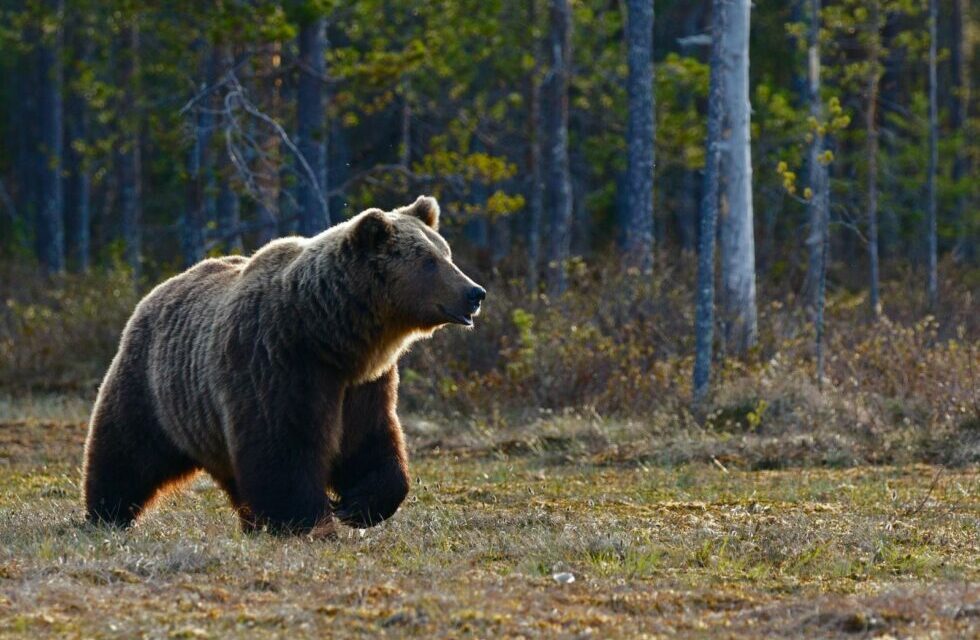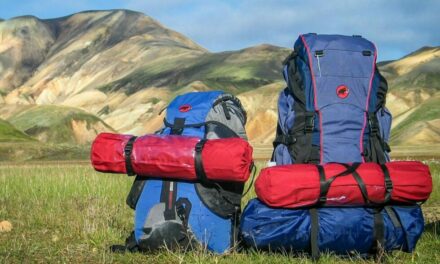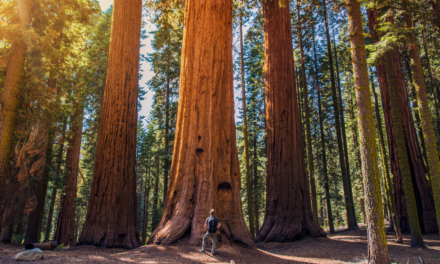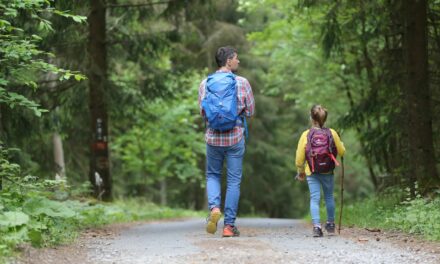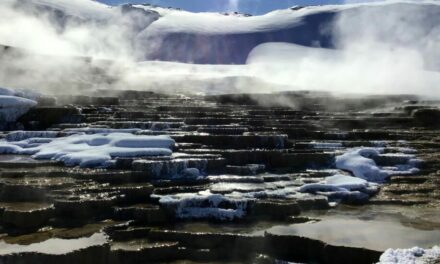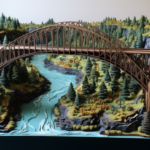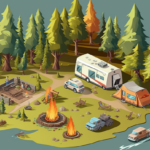The National Parks are home to many different kinds of animals, but one of the common ones to see in any given park is the bear. The most common bear found in the parks is the black bear, with some parks even housing the occasional grizzly. Bears are majestic and beautiful animals, and they have been sharing the parks with humans since their formation, and living in the park area before humans ever entered the picture. Encountering a bear can be a frightening thought for park visitors, but there are easy steps that you can take to avoid coming into proximity with these animals. Usually, bears are afraid of humans and will leave people alone, but it is still smart to take precautions, especially in areas where there have been bear sightings in the past.
Here are some tips for avoiding bears in the National Parks:
- Hike with multiple people – usually 3 or more will do. Bears are less likely to approach groups of people than they are individuals. The more people there are, the less likely it becomes that a bear will approach your group. They will be intimidated by the noise and number, and for an animal that already avoids people, this will aid in deterring them from coming too close.
- Be aware of your surroundings. Be on the lookout for signs of bears in the area. This can come in the form of fresh tracks or droppings. These signs will be clear if they are fresh. Keep an eye out for the bears themselves as well. Bears are identified by their size and the color of their hide. Keeping a lookout could help you spot them before they get too close. If you spot them at a distance, simply back away, and find another route, rather than continuing to approach the bear. If there is no other route, simply wait out of sight for 20-30 minutes for the bear to vacate, and make noise while you walk back, to let the bear know of your presence. It is recommended to avoid common feeding areas, like berry patches or stream banks, if there have been bear sightings in the area.
- Don’t provoke animals or sneak up on them. The animals you see in the park may be cute, or seem harmless, but they are wild animals that need to be treated with respect. Sneaking up on animals can startle them into defensive responses, and no matter what kind of animal it is, it is better to avoid putting the animal into that position in the first place.
- Make a lot of noise so animals are not surprised. As stated above, startled animals can be put into a defensive position, which makes them more likely to confront humans. With bears, their defensive actions can be harmful to humans, or even deadly. Making noise will alert any potential bears of your presence far before they see you- they have good hearing! When they know where you are, they know how to avoid you, and you can prevent a confrontation before it even occurs. If you are in a group, simply talking amongst yourselves could be enough to alert the bear to your presence. This may seem counterintuitive, but as bears are not usually aggressive towards humans, they will move away from noise, rather than towards it.
5. Carry bear spray, Bear spray is a deterrent made to stop a charging or aggressive bear. The spray is made of capsaicin. Bear spray is a last resort measure. You should not spray at a bear that is not aggressive. Only use it if the bear is aggressive, charging, or close enough that the spray would be effective. To use it, hold down and spray the contents for 2-3 seconds. The spray is most effective at 1.5-3 meters away. While you will hopefully never have to use bear spray, it is a useful tool to have in case of an aggressive encounter.
6. Don’t run if you see a bear. While running may feel like the right thing to do in case of a bear sighting, the frenzied activity may aggravate the bear and cause it to attack. If you see a bear from a distance, simply back away until you are out of sight, and wait for the bear to vacate the area, or take a different route if one is available. If you encounter a bear up close, your actions will depend on the type of bear. If you encounter a black bear, simply try to back away slowly, but do not turn your back on the bear. If it advances towards you, make yourself large and speak in a calm, stern voice, telling it to leave. Use your bear spray if necessary. If you encounter a grizzly bear, which are more aggressive, stand tall and make eye contact, and wait for the bear to make the first move. If it comes closer, you can use your bear spray. If it keeps its distance, you can attempt to back away, keeping eye contact.
7. Stay on the paths and trails. This is always a good idea when hiking, but especially in areas where bears have been sighted. You don’t want to stumble on a bear’s territory accidentally!
8. Always pack up your food and put it away when you are done. The main draw that will cause a bear to come near humans is food. To avoid a confrontation at your campsite, make sure to put your food away and seal it.
Encountering a bear in the wild can be a frightening thought, but there are ways to avoid an encounter. Like any wild animal, treat bears with respect, and be cautious and knowledgeable about the area that you are in.


